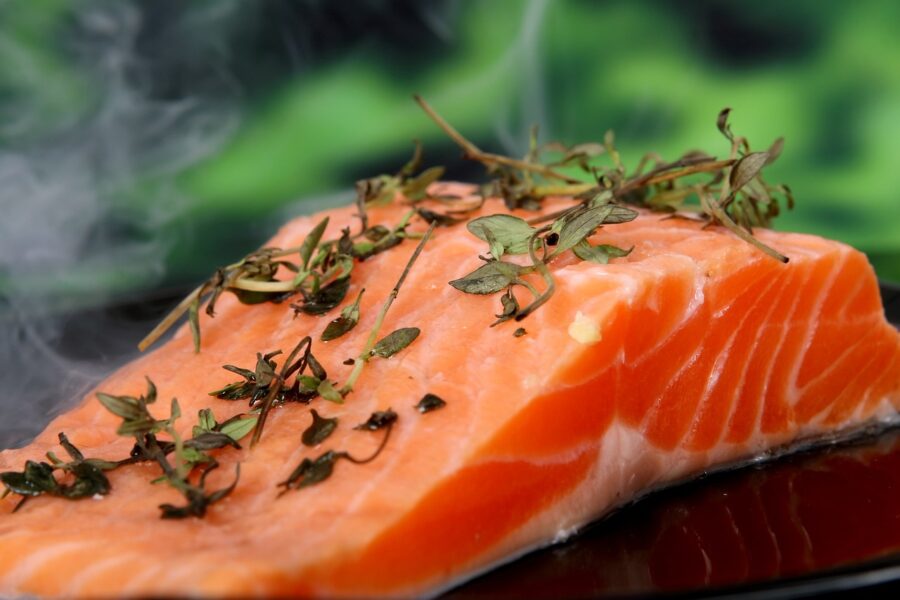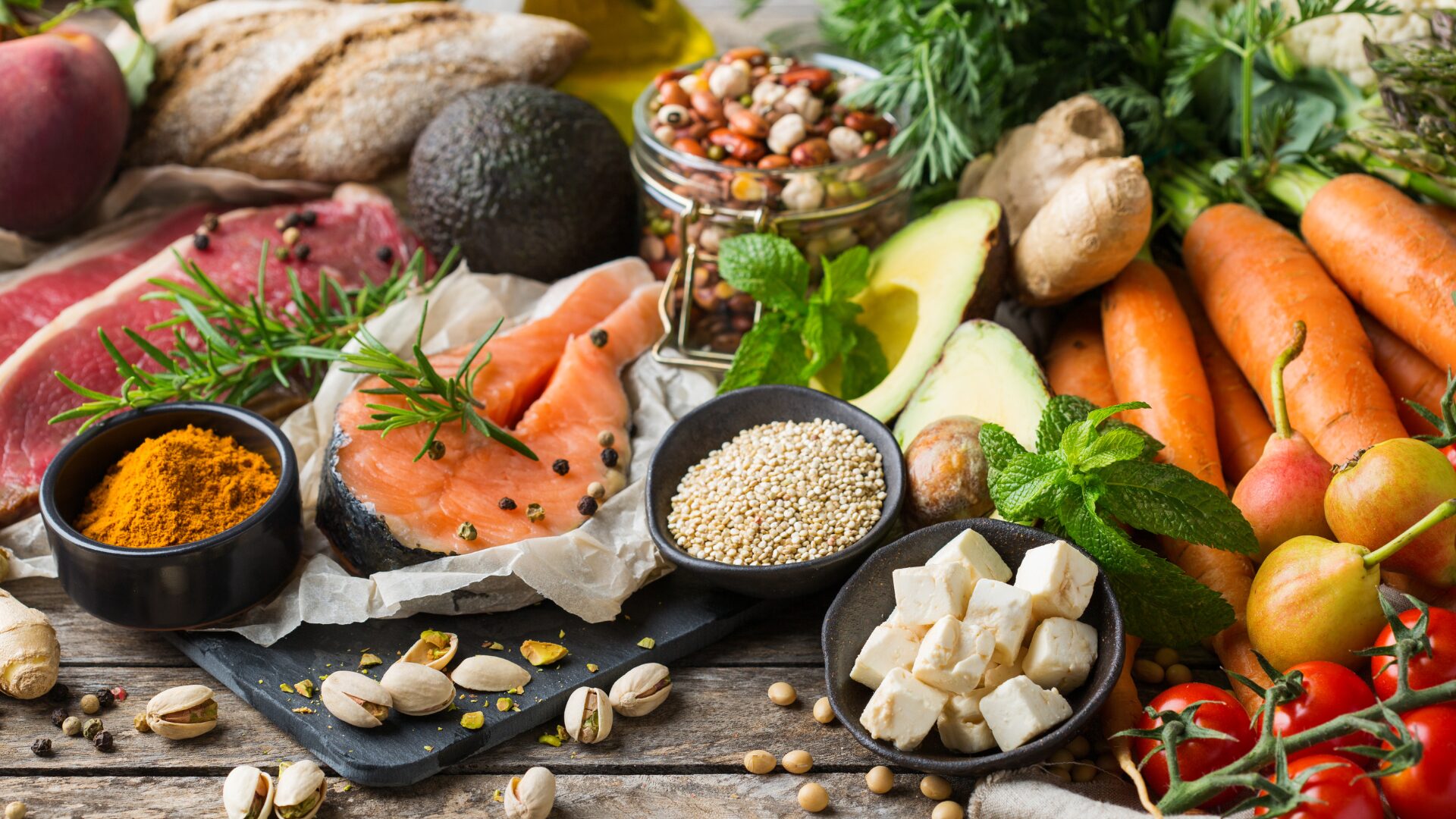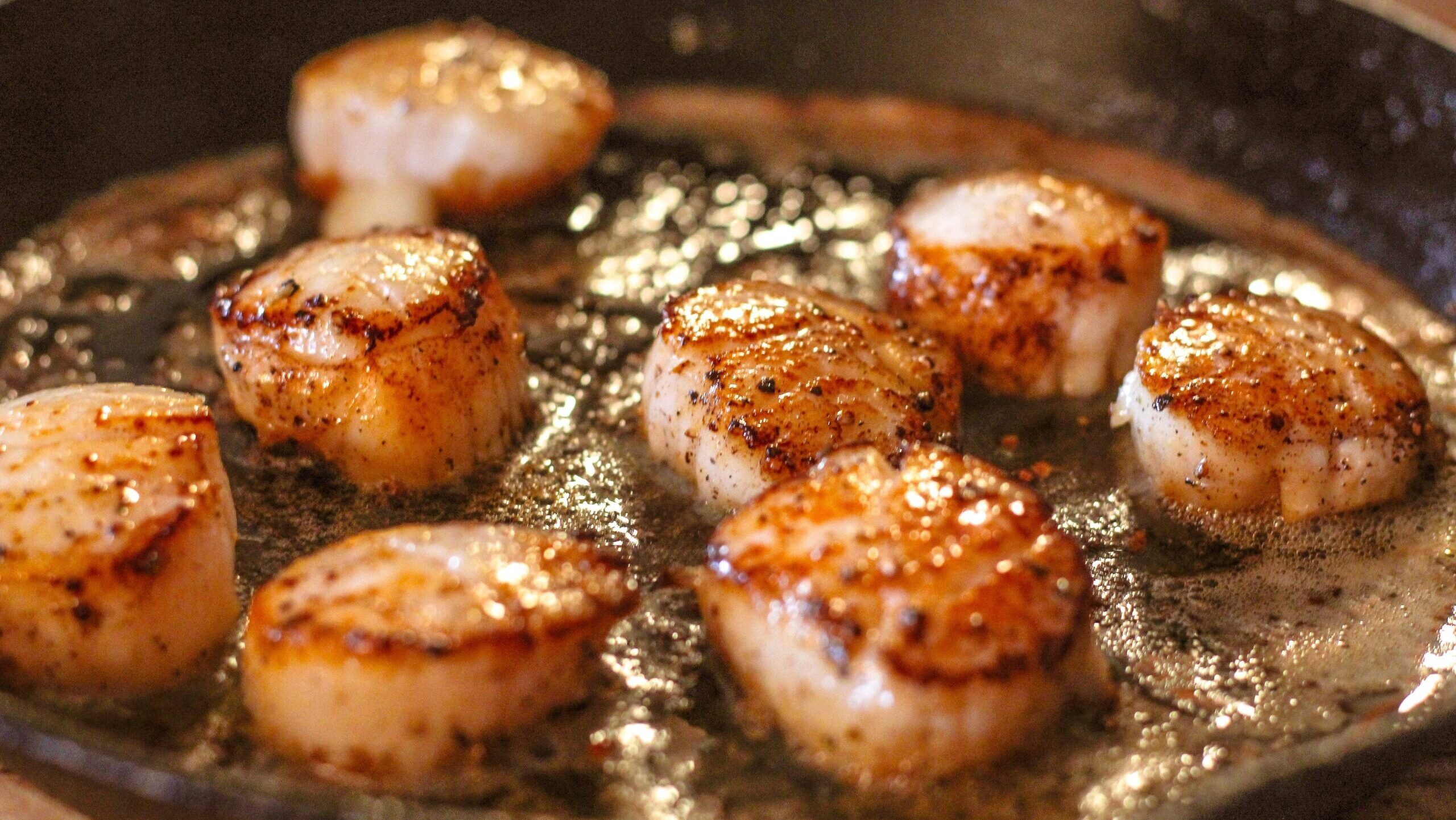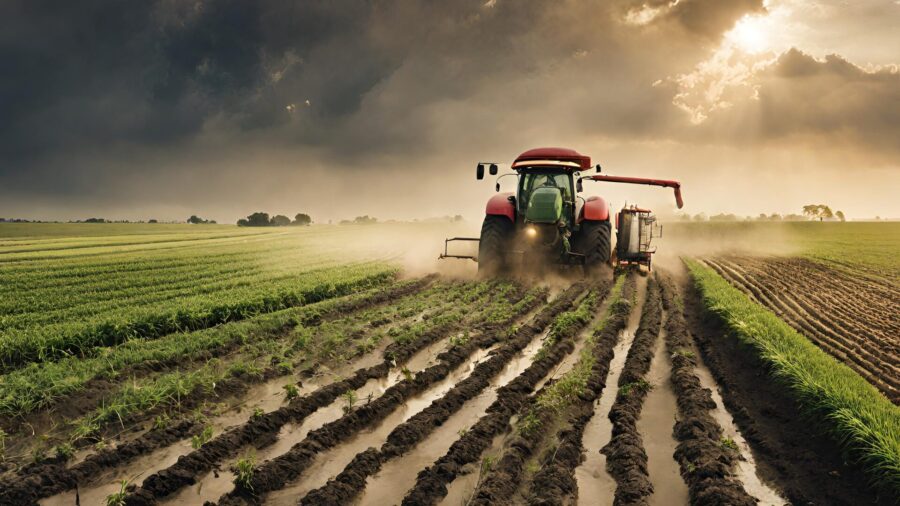How important is salmon to the seafood case?
210 Analytics principal Anne-Marie Roerink answered that question via an interesting analogy in an e-mail to The Food Institute: “salmon has become the ground beef of the seafood department.”
Roerink cited her own analysis of IRI data and found consumer demand remained strong despite above-average inflation hitting the sector over the past few years: dollar sales of salmon were up 4% to $719 million in the first quarter of 2023. That number was up 23% from the first quarter of 2020.
“Most categories around the store have trended back to the pre-pandemic normal or have fallen behind. For the biggest species in fresh seafood to still move 12% more in pounds is something we rarely see,” she noted.
Roerink credited the salmon industry for educating shoppers its health benefits and especially for zeroing in on protein and Omega-3 as effective marketing messages. The development of prepared versions of the fish (like those packaged as kebobs ready for the grill or in foil ready for the oven) also helped to boost household penetration.
“I also credit the salmon industry for playing into big cooking trends. The air fryer has become so popular, both in ownership and usage for meat and seafood. A quick Google trend search shows that salmon makes it into the top three searches related to air fryers no less than three times.”
Salmon Follows Only Shrimp in Consumption
When it comes to U.S. seafood consumption, salmon follows only one other item: shrimp.
That’s according to Wells Fargo Agri-Food Institute Sector Manager David Branch, who cited NOAA data to show per-capita consumption had reached 2.83 lbs. per person in 2020. This research, the most recent available, found shrimp consumption was 5 lbs. per person.
Branch said per-capita consumption rose 15.3% between 2011 and 2022, illustrating its growing prominence in the U.S., and was part of a larger 26.7% increase in consumption for the overall category.
When looking by channel, U.S. salmon consumption was primarily driven by fresh and frozen sales. Fresh typically held the crown for highest consumption, but consumer behavior was altered first by the pandemic and again by rising prices.
“Frozen seafood sales, which historically have totaled less than fresh, have overtaken fresh in total sales revenue since 2020 due primarily to the increase in total retail seafood sales due to COVID. In 2022, frozen continued to outpace fresh sales, most likely due to the current inflationary environment creating concerns about shelf life and food waste,” Branch said.
Examining Salmon Production for the U.S. Market
Branch said commercial chinook salmon fishing along the Pacific coast between Cape Falcon, Oregon, and the California-Mexico border had been shut down for the 2023-2024 season due to a dwindling number of wild salmon amid a drought on the West Coast. That said, salmon fishing was still allowed off the coast of Alaska, with the Alaska Department of Fish and Game projecting a total harvest of 189 million fish in 2023-2024.
Concerning imports, 48.3% of the total 6.25 million metric tonnes of imported salmon destined for the U.S. originated in Chile. Chile dominates the U.S. import market, with the closest competitors Norway (16.3%) and Canada (13.8%) significantly behind in total exports.
Branch said total U.S. salmon imports jumped 2.2% in 2022 when compared to 2021. Broken down, total annual imports typically average 73% frozen and 27% fresh.
Rising Salmon Demand Could Be Met on Land
Branch said the biggest threat to the salmon category in the next five years could be rising demand. He cited Kontali Analyse figures showing global production was only expected to grow between 2% and 3% per year on average while consumption was expected to grow in the 3% to 5% range. He said sea-based aquaculture had essentially reached maximum capacity as they required very specific conditions to be operational.
He noted land-based salmon farms could be utilized to help meet this demand.
“The basic premise behind land-based aquaculture is to move the fish out of the ocean pens and into confined, controlled facilities where they are not exposed to most external elements (i.e. predators, disease, etc.) and can be closely managed and monitored,” he said
He then specified that land-based aquaculture operations could be split into two foundational technologies: Recirculating Aquaculture Systems (RAS) which use biofilters to clean and filter water before recirculating it through a facility, and Flow-Through Systems which are built close to the shore and utilize sea water.
Atlantic Sapphire, a Homestead, Florida-based RAS operation, is one such company exploring the technology to farm fish on land.
“A Bluehouse operates much like a greenhouse, only for fish, and eliminates the need to use ocean net pens in remote areas of the world. Our model solves for all the potential challenges that a traditional net pen farmer may experience. Because our water source has not seen any contaminants and it is not exposed to disease in the wild, we do not need to vaccinate our fish or use antibiotics ever,” said Atlantic Sapphire director of marketing Max Francia.
The Food Institute Podcast
Convenience stores often get a bad rap for lackluster foodservice options, but the category has expanded to include better foodservice options in the past few years. Circana SVP of Retail Client Solutions Scott Love joined The Food Institute Podcast to explore how C-stores are utilizing data more than ever before, and how the industry is adapting to changing consumer habits amid inflationary pressures.












